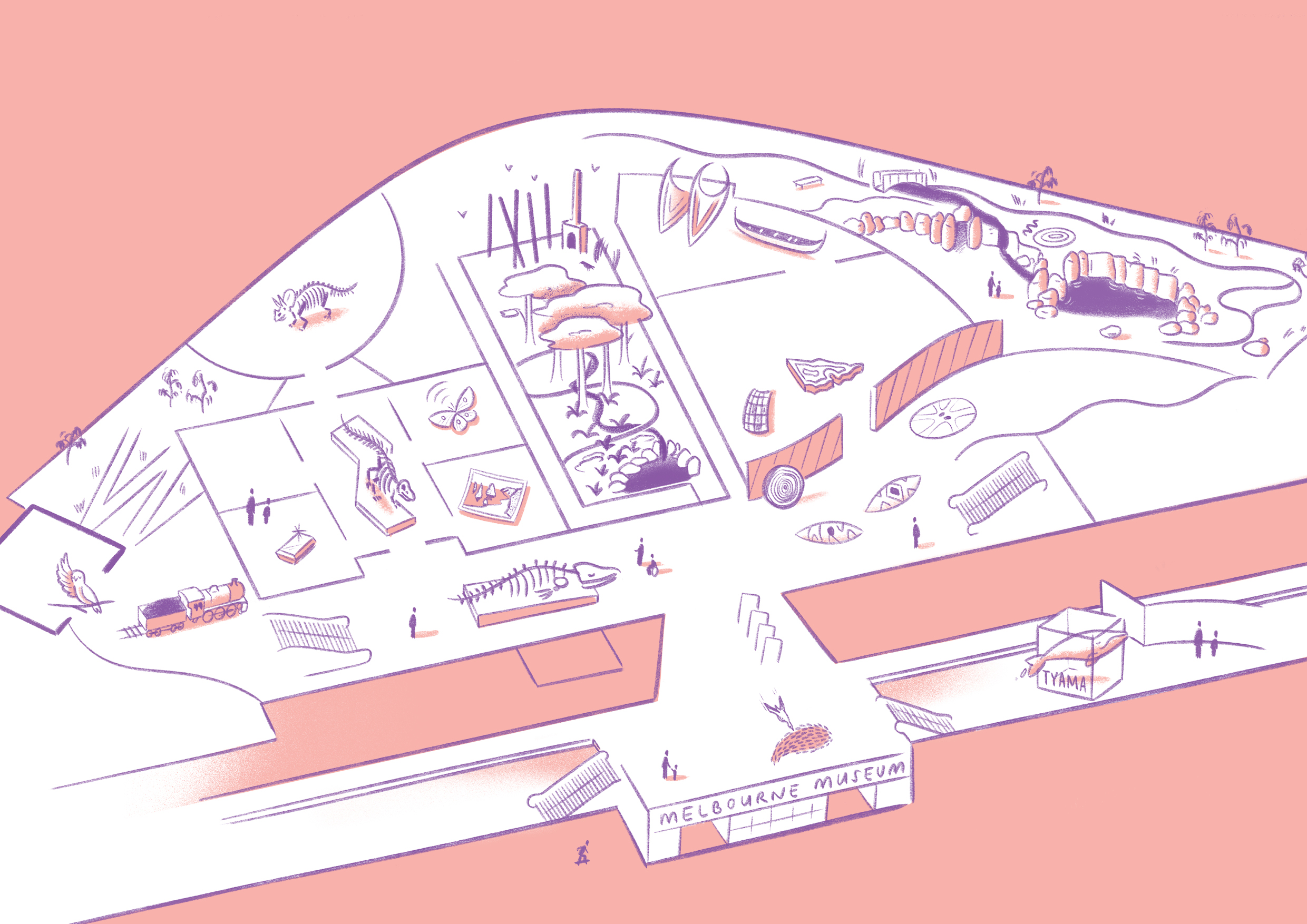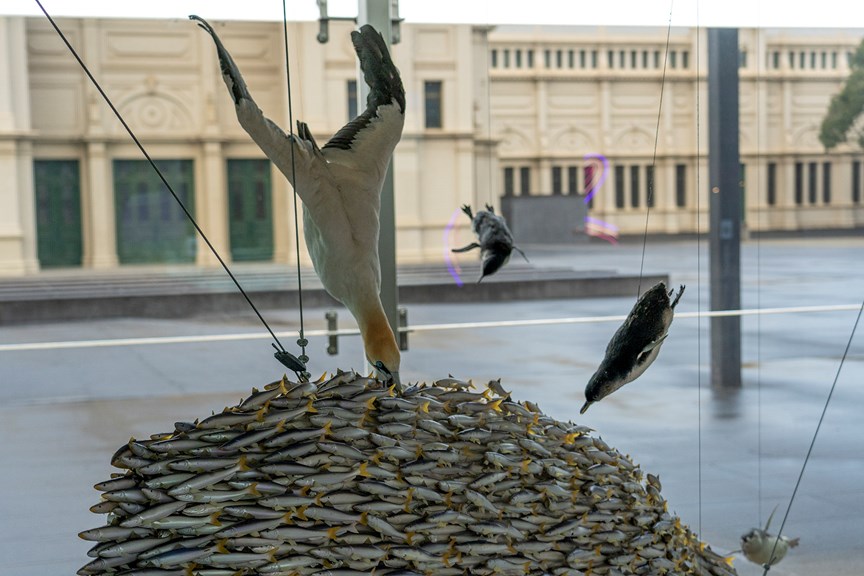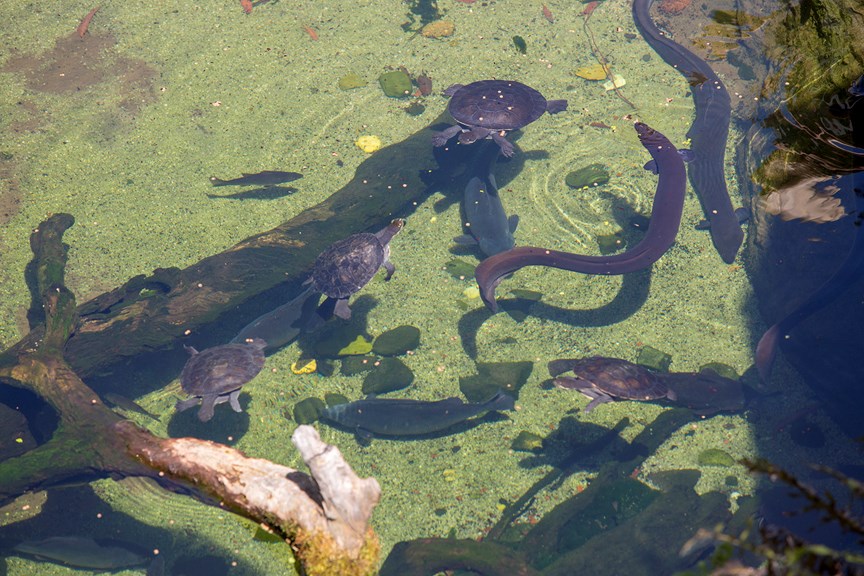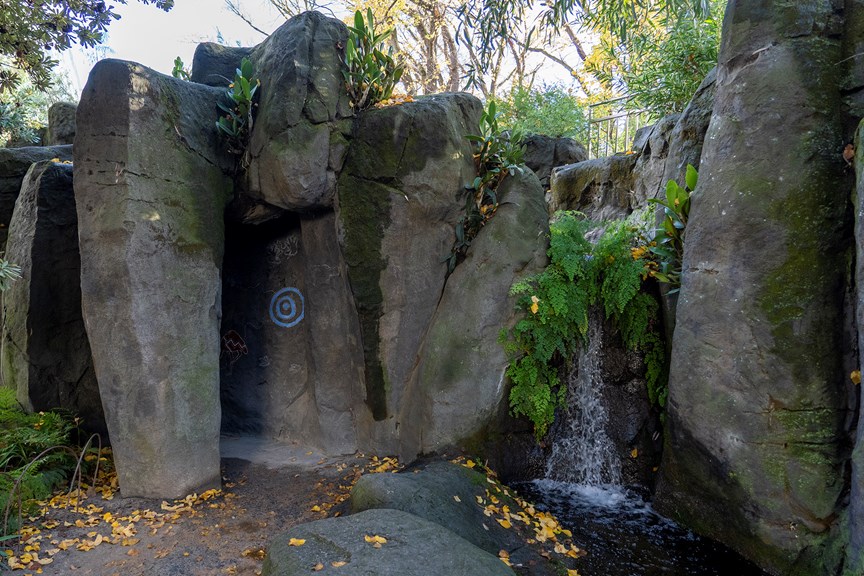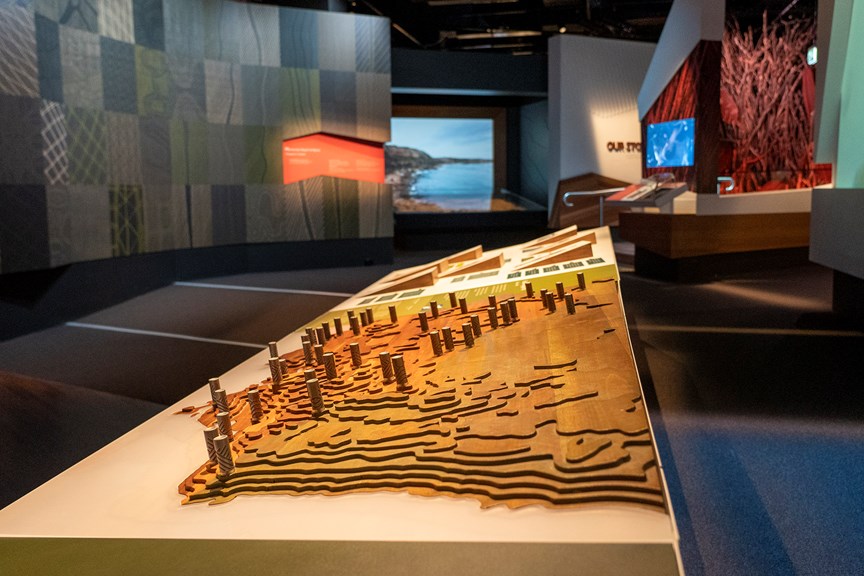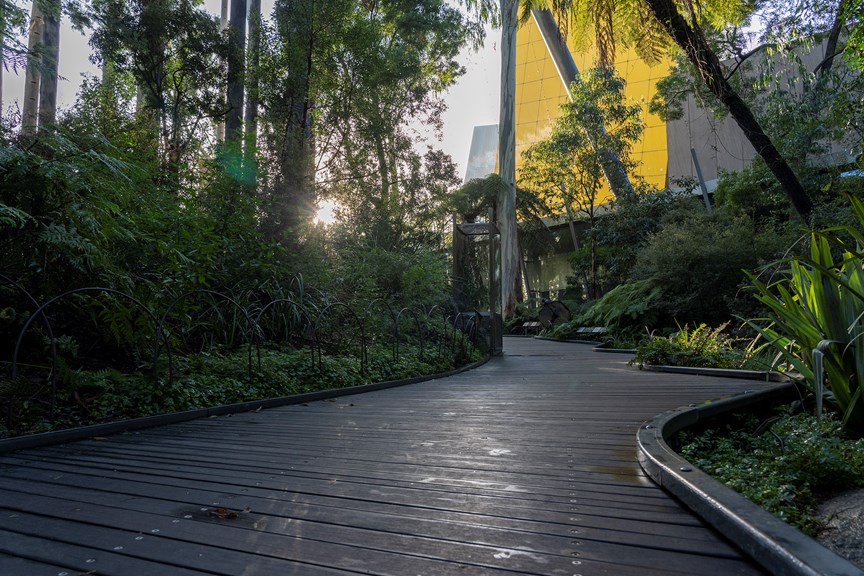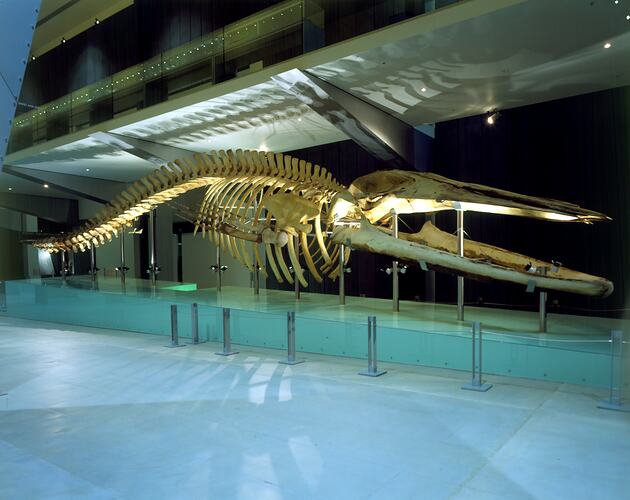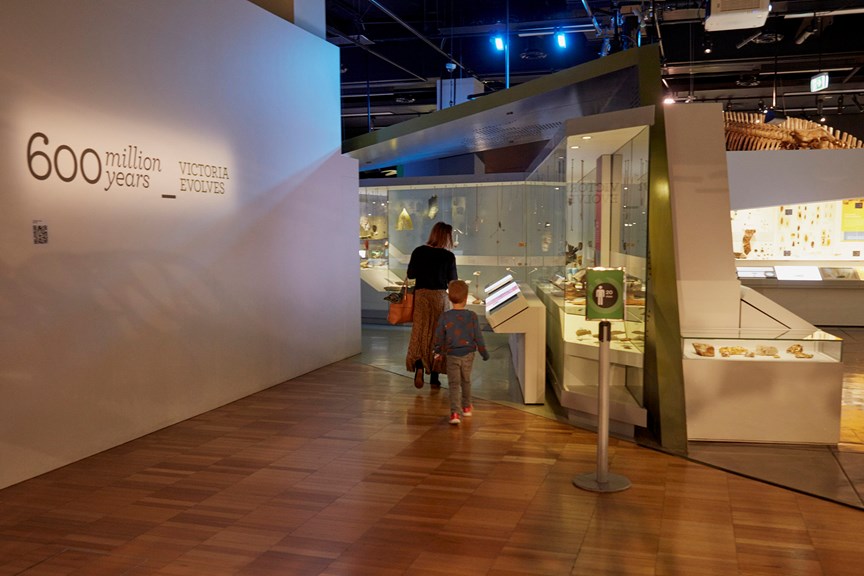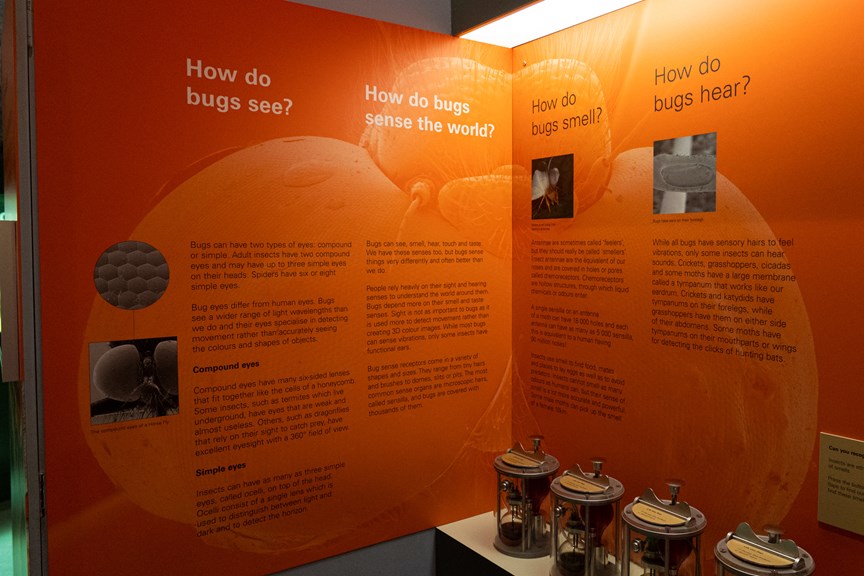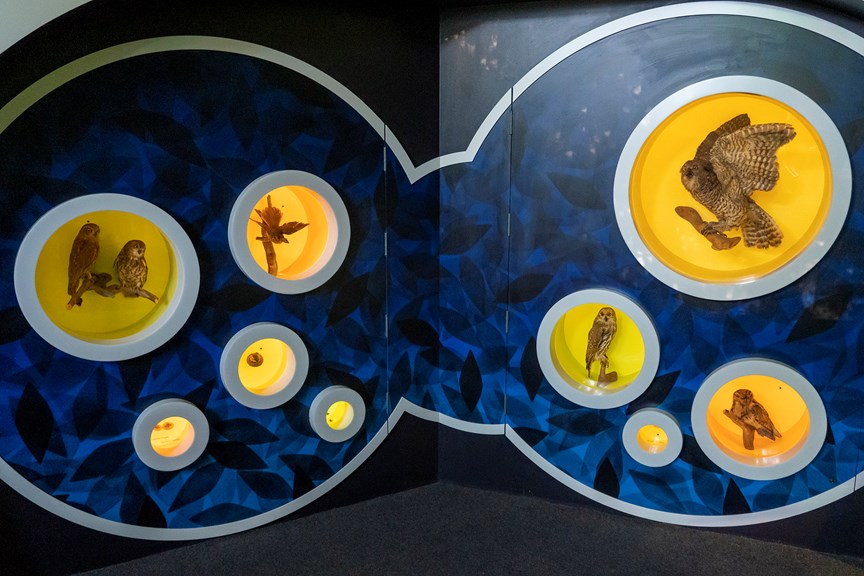Survival in the Southern Seas
Did you see Weertook (Australasian Gannet) hunting for Toortkoort (small schooling fish) in Tyama?
Head back up to the main entrance and keep an eye out for a similar scene, where you can see some more of the animals competing for food in Victorian waters.
Head slightly east and you’ll also find displays of more creatures you may have seen in Tyama, including owls, seastars, and crabs.
Milarri Garden Trail
Explore native plants and learn about their uses for food, medicine, and tools by Australia’s First Peoples.
The fish you saw in Tyama were salt water but here you’ll find freshwater species.
If you time it right you might also be able to catch an eel feeding! These happen daily at 1:45pm (except in winter).
Milarri Garden Cave
The cave in Tyama gave you the chance to see through sound, just like Nganeenganeeyt (a bat).
You probably won’t find any bats in this cave but it is a good chance to explore another method of storytelling by First Peoples.
In this cave you can see depictions of humans and animals in the traditional art style of the Wurundjeri people.
Bunjilaka Aboriginal Cultural Centre
Step into the Bunjilaka Aboriginal Cultural Centre for a closer look at First Peoples’ stories and experiences.
The stories you explored in Tyama originated in Gunditjmara Country in western Victoria, specifically the Keerray Woorroong language group—see if you can find it on the Victorian Aboriginal languages map.
It’s also a great chance to learn more about possum skin cloaks, which have been used by First Peoples for tens of thousands of years as a physical representation of the individual owner, County and culture.
Forest Gallery
Tyama is a Keerray Woorroong word, meaning ‘to know’—knowing with all of your senses to understand the world around you.
What better place to use your senses than the Forest Gallery?
Wander through a Victorian alpine forest, explore caves, and get up close and personal with native fish, birds, and reptiles.
While you’re there, see if you can spot our own resident Mamkayt (Tawny Frogmouth).
Pygmy Blue Whale
You’ve swum with whales in the digital realm, now it’s time to meet a giant in person.
While the Woolok (Blue Whale) you saw in Tyama represents the biggest animals to ever live on earth, the one on display in Melbourne Museum is an 18.7-metre-long pygmy.
The skeleton alone is a sight to behold, but if you’re after more the display cases nearby can teach you about how whales eat enough to sustain their massive bodies.
600 Million Years
The 12 Apostles are big feature of the coastline where Tyama is based—did you notice them when Koontapool (the Southern Right Whale) breached?
In 600 Million Years, you can see how Victoria has changed over time and learn more about how these iconic rock formations came to be.
This is also the place to meet the ancestors of baleen whales and see how they evolved into the largest creatures ever to live on our planet.
Bugs Alive!
You’ve had a glimpse of life through the eyes of a Ngaloowoonkeel (moth), and Bugs Alive! is a place for the curious to learn more about how insects see and sense the world.
Here amongst the myriad of insects and arachnids you’ll find familiar species, like the Helena Gum Moth.
Based on what you learnt in Tyama about the male moth’s antennae, can you tell which one is the male and which is the female?
Pauline Gandel Children’s Gallery
Want a closer look at the moth predators you met in Tyama?
Visit the Children’s Gallery to see the Yeerrathayarr (Australian Owlet-nightjar), Mamkayt (Tawny Frogmouth), Kanameerata (Masked Owl) and Tookan (Sugar Glider) up close.
You can even hear Yeerrathayarr and Mamkayt call.
